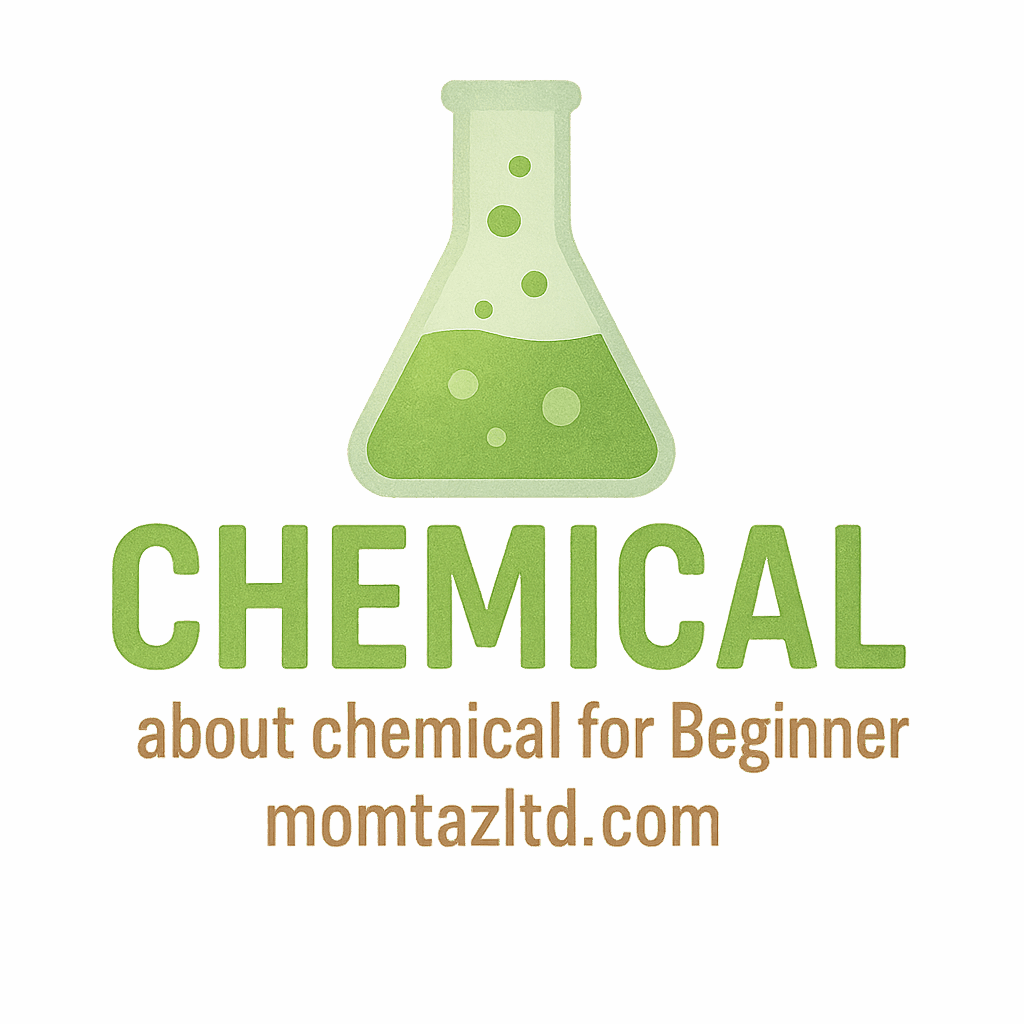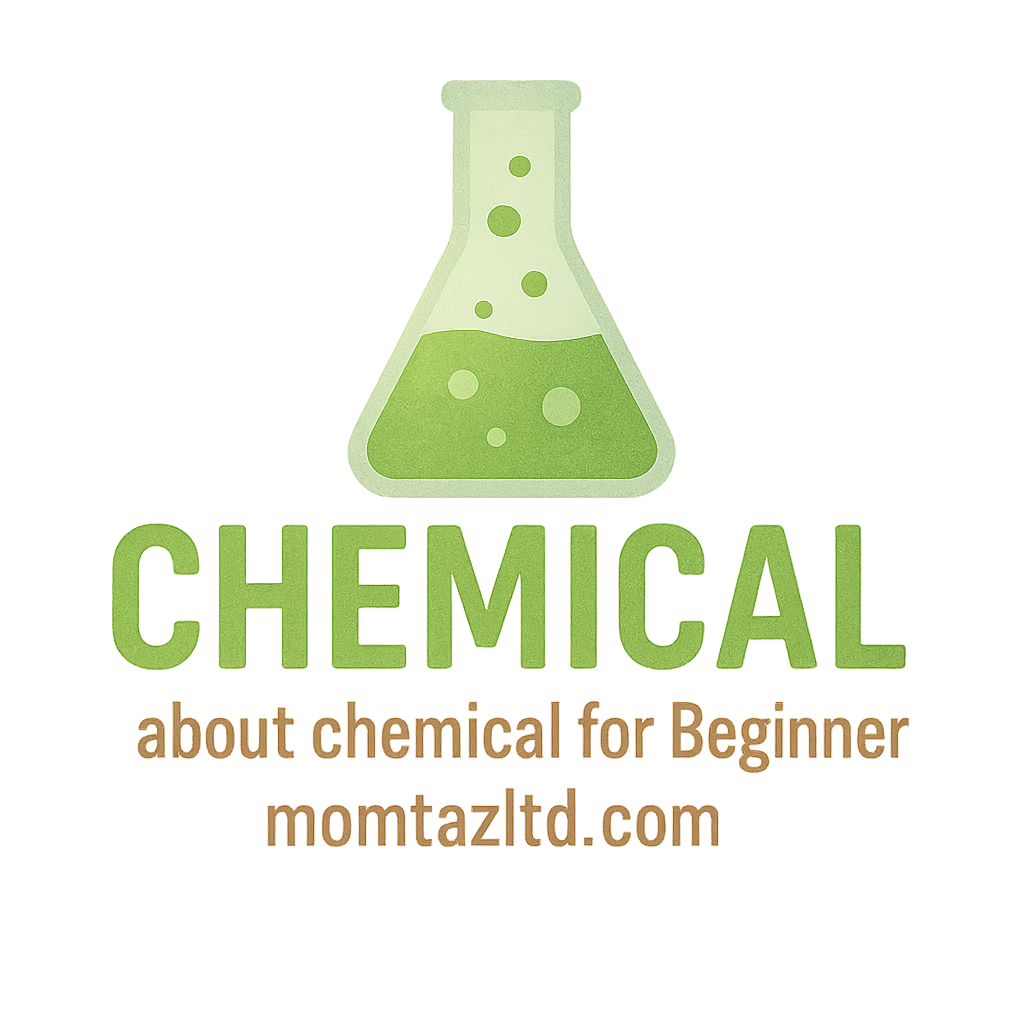Cleaning products are an integral part of every home, office, or industrial space. They help to maintain hygiene and cleanliness, preventing the spread of germs, bacteria, and viruses. But have you ever wondered what makes these cleaning products so effective? The secret lies in their active ingredients. In this article, we’ll explore 10 popular cleaning products and the active chemicals responsible for their cleaning power.
Introduction: Understanding the Power of Cleaning Products
When you reach for a bottle of cleaner, whether it’s to wipe down a kitchen countertop or to disinfect your bathroom, you’re trusting that the active ingredients will perform their magic. But what exactly are these chemicals, and how do they work?
Cleaning products contain a mix of ingredients, with active chemicals being the main components responsible for breaking down dirt, stains, and germs. These chemicals can be natural or synthetic, and each has a specific function depending on the type of cleaner.
For instance, in a disinfectant cleaner, the active chemicals kill harmful microorganisms. In a degreaser, the chemicals break down oils and fats, allowing them to be wiped away easily.
Each cleaning product has its own combination of active chemicals tailored for its specific purpose. Whether you’re tackling a greasy stove, a stained carpet, or moldy bathroom tiles, these chemicals are what make the job easier.
What Are Active Chemicals in Cleaning Products?
Active chemicals in cleaning products are substances that are responsible for the product’s cleaning action. These chemicals interact with dirt, grease, stains, or bacteria to break them down or lift them off surfaces, making cleaning more effective.
For instance, in a disinfectant cleaner, the active chemicals kill harmful microorganisms. In a degreaser, the chemicals break down oils and fats, allowing them to be wiped away easily.
Each cleaning product has its own combination of active chemicals tailored for its specific purpose. Whether you’re tackling a greasy stove, a stained carpet, or moldy bathroom tiles, these chemicals are what make the job easier.
Why Active Ingredients Matter in Cleaning Products
The effectiveness of a cleaning product largely depends on the active ingredients it contains. These chemicals are formulated to target and dissolve specific types of dirt, stains, or bacteria. Without these active ingredients, even the best marketing and packaging won’t be able to deliver satisfactory results.
Moreover, some active chemicals are more eco-friendly than others, making them a safer option for homes and businesses. This brings us to the first of our top 10 cleaning products and their active chemicals.
1. Bleach: The Ultimate Disinfectant
Active Ingredient: Sodium Hypochlorite
Bleach is one of the most powerful disinfectants available. The active ingredient in bleach is sodium hypochlorite, which is known for its ability to kill bacteria, viruses, and fungi. It is commonly used in household cleaning, laundry, and even in the healthcare industry.
How it Works: Sodium hypochlorite works by releasing chlorine when dissolved in water. This chlorine reacts with the cell walls of microorganisms, breaking them down and effectively killing them. It is also highly effective in whitening fabrics and removing stains.
Bleach, with its active ingredient sodium hypochlorite, is frequently used in household chemicals, as well as industrial cleaning.
2. Ammonia: A Powerful Degreaser
Active Ingredient: Ammonium Hydroxide
Ammonia is a well-known cleaning agent used primarily as a degreaser. The active ingredient, ammonium hydroxide, is highly alkaline, which allows it to break down oils, grease, and other tough stains.
How it Works: Ammonium hydroxide breaks the bonds between grease molecules, allowing them to be easily wiped off surfaces. It is commonly used in cleaning kitchens, ovens, and bathrooms. However, ammonia can be quite harsh, so it should be used with caution.
Ammonia’s strong cleaning properties are also found in many industrial chemicals, making it a versatile ingredient.
3. Vinegar: The Natural Cleanser
Active Ingredient: Acetic Acid
Vinegar is a favorite natural cleaning product due to its versatility and eco-friendly properties. The active ingredient in vinegar is acetic acid, which is a mild acid that helps to break down dirt and grime.
How it Works: Acetic acid in vinegar dissolves mineral deposits, soap scum, and grime. It also has antibacterial properties, making it effective for disinfecting surfaces. Vinegar can be used to clean countertops, windows, and even freshen up laundry.
For more natural cleaning tips, you can explore home tips for a variety of household cleaning ideas.
4. Hydrogen Peroxide: Disinfectant and Stain Remover
Active Ingredient: Hydrogen Peroxide (H2O2)
Hydrogen peroxide is a powerful disinfectant and stain remover. The active ingredient, hydrogen peroxide, is a molecule made up of water and oxygen. It is commonly used for cleaning wounds, sanitizing surfaces, and even as a bleach alternative in laundry.
How it Works: Hydrogen peroxide releases oxygen when it breaks down, which helps to kill bacteria, fungi, and viruses. It also has a mild bleaching effect, which makes it effective in removing stains on fabrics and surfaces.
Hydrogen peroxide’s antibacterial properties are also widely discussed in chemical safety topics.

5. Sodium Bicarbonate (Baking Soda): A Versatile Cleaner
Active Ingredient: Sodium Bicarbonate
Sodium bicarbonate, commonly known as baking soda, is one of the most versatile household cleaners. It’s a mild alkali that works well for neutralizing acids, absorbing odors, and scrubbing surfaces.
How it Works: Baking soda is often used as a scrubbing agent for tough stains, especially on tiles, ovens, and sinks. It can also be used to neutralize odors in carpets, refrigerators, and shoes. Its gentle abrasiveness makes it effective without scratching delicate surfaces.
You can find more about the versatility of baking soda in laboratory chemicals and its applications in various chemical processes.
6. Triclosan: The Antibacterial Agent
Active Ingredient: Triclosan
Triclosan is an antibacterial agent commonly found in hand soaps, toothpaste, and some cleaning products. It helps to reduce the growth of bacteria, viruses, and fungi on surfaces.
How it Works: Triclosan inhibits the bacteria’s ability to produce fatty acids that are necessary for their growth. By disrupting this process, triclosan prevents bacterial reproduction, effectively killing harmful microorganisms on surfaces.
For more on the role of triclosan in cleaning and its safety, refer to chemical reaction information.
7. Citric Acid: A Natural Cleaner for Hard Water Stains
Active Ingredient: Citric Acid
Citric acid is a natural acid that is highly effective for removing limescale, hard water stains, and soap scum. It’s commonly used in bathroom cleaners, dishwashers, and laundry detergents.
How it Works: Citric acid dissolves mineral deposits and scale buildup, making it great for cleaning glass, faucets, and showerheads. It also has natural antibacterial properties, making it a safer, eco-friendly option for many cleaning tasks.
For more eco-friendly solutions, learn about chemical safety in everyday cleaning.
8. Surfactants: The Cleaners That Break Down Grease
Active Ingredient: Surfactants (various types)
Surfactants are a class of chemicals commonly found in dishwashing liquids, laundry detergents, and other cleaning agents. Surfactants work by reducing the surface tension of water, allowing it to spread and mix with oils and grease more effectively.
How it Works: Surfactants have a hydrophobic (water-repelling) and hydrophilic (water-attracting) part, which allows them to break down grease and dirt. They lift dirt and oil from surfaces, allowing them to be rinsed away easily.
Surfactants are often a key ingredient in industrial learning to understand their applications in both industrial and home environments.
9. Phosphates: Used in Laundry Detergents
Active Ingredient: Phosphates
Phosphates are a key component in many laundry detergents and dishwashing products. They help to soften water, allowing other cleaning ingredients to work more efficiently.
How it Works: Phosphates help to bind with minerals in hard water, preventing them from interfering with the cleaning process. They also help to break down grease and dirt, making laundry detergents more effective.
For more on phosphate-based detergents and cleaning methods, check out chemical basics for a deeper understanding.
10. Sodium Hypochlorite: A Heavy Duty Cleaner
Active Ingredient: Sodium Hypochlorite
Sodium hypochlorite, also known as liquid bleach, is often used in industrial and heavy-duty cleaners. It’s effective for breaking down organic stains, such as blood, mildew, and mold.
How it Works: Sodium hypochlorite is a strong oxidizer, which means it breaks down organic matter by stripping away electrons. This action makes it effective at removing stains and killing bacteria and mold.
The Importance of Using Chemical-Based Cleaners Safely
While cleaning products are essential for maintaining a clean environment, it’s important to use them safely. Some active chemicals can be harmful to your health if not used properly. Always follow the manufacturer’s instructions, wear gloves if needed, and ensure proper ventilation when using chemical cleaners.
How to Choose the Right Cleaning Product
Choosing the right cleaning product depends on the type of cleaning you need to do. Always check the labels for the active ingredients and determine if they’re suitable for your cleaning needs. For instance, use bleach for disinfecting, but avoid it on delicate fabrics. Opt for natural products like vinegar and baking soda for everyday cleaning.
Conclusion: Chemical Safety and the Future of Cleaning Products
Cleaning products are a vital part of our daily routines, and their effectiveness lies in the active ingredients they contain. Whether you’re using bleach for heavy-duty disinfecting or baking soda for natural scrubbing, understanding the active chemicals in your products can help you make safer, more informed choices. In the future, we may see even more eco-friendly options that combine the cleaning power of chemicals with the safety of natural ingredients.
7 Frequently Asked Questions
- What is the most common active ingredient in household cleaners?
- The most common active ingredients include bleach (sodium hypochlorite), ammonia, and surfactants.
- Are natural cleaning products as effective as chemical cleaners?
- Natural products can be effective for general cleaning but may not match the power of chemical cleaners in some situations.
- Is hydrogen peroxide safe for cleaning?
- Yes, hydrogen peroxide is safe for cleaning and can be used for disinfecting surfaces and removing stains.
- Can I mix different cleaning products?
- It’s best not to mix cleaning products, especially those containing bleach, ammonia, or acids, as they can create harmful fumes.
- How can I safely dispose of cleaning chemicals?
- Always follow the disposal instructions on the label. Many chemical cleaning products should not be poured down the drain or thrown in the trash.
- Are there eco-friendly cleaning products?
- Yes, many cleaning brands now offer eco-friendly products made from plant-based or biodegradable ingredients.
- How do I know which cleaner to use for specific stains?
- Check the label for the product’s purpose. For instance, use a degreaser for oil stains and a disinfectant for germs and bacteria.


